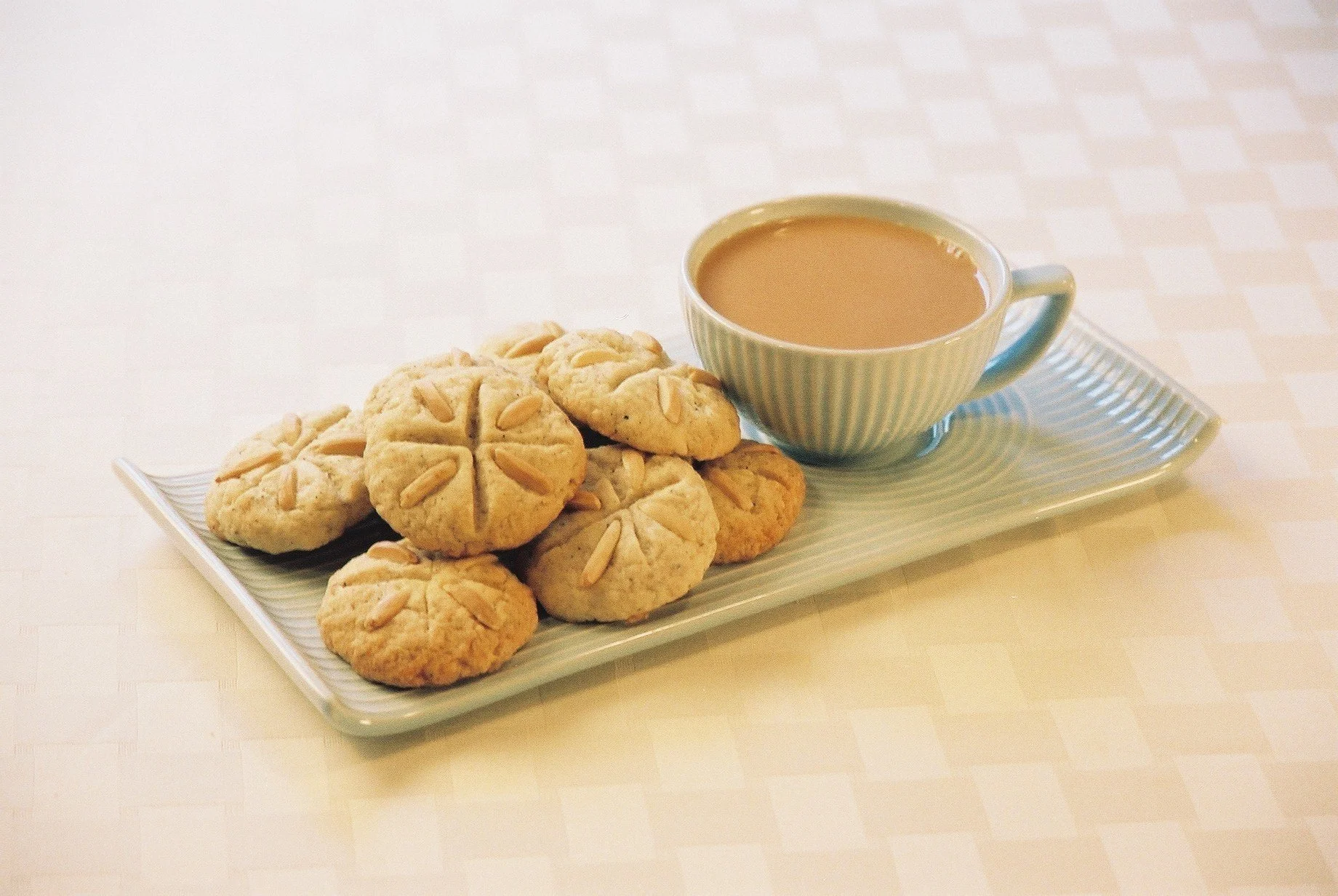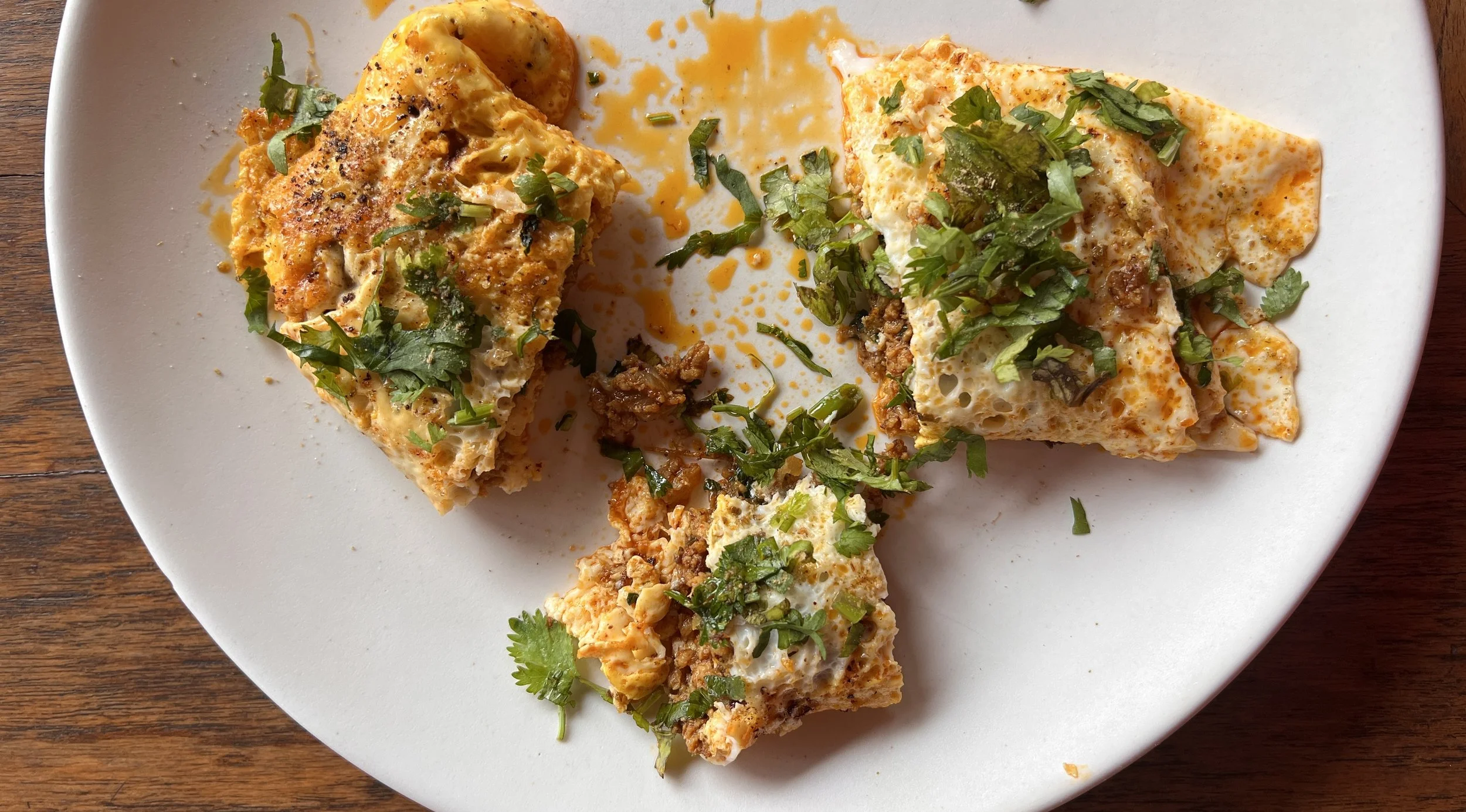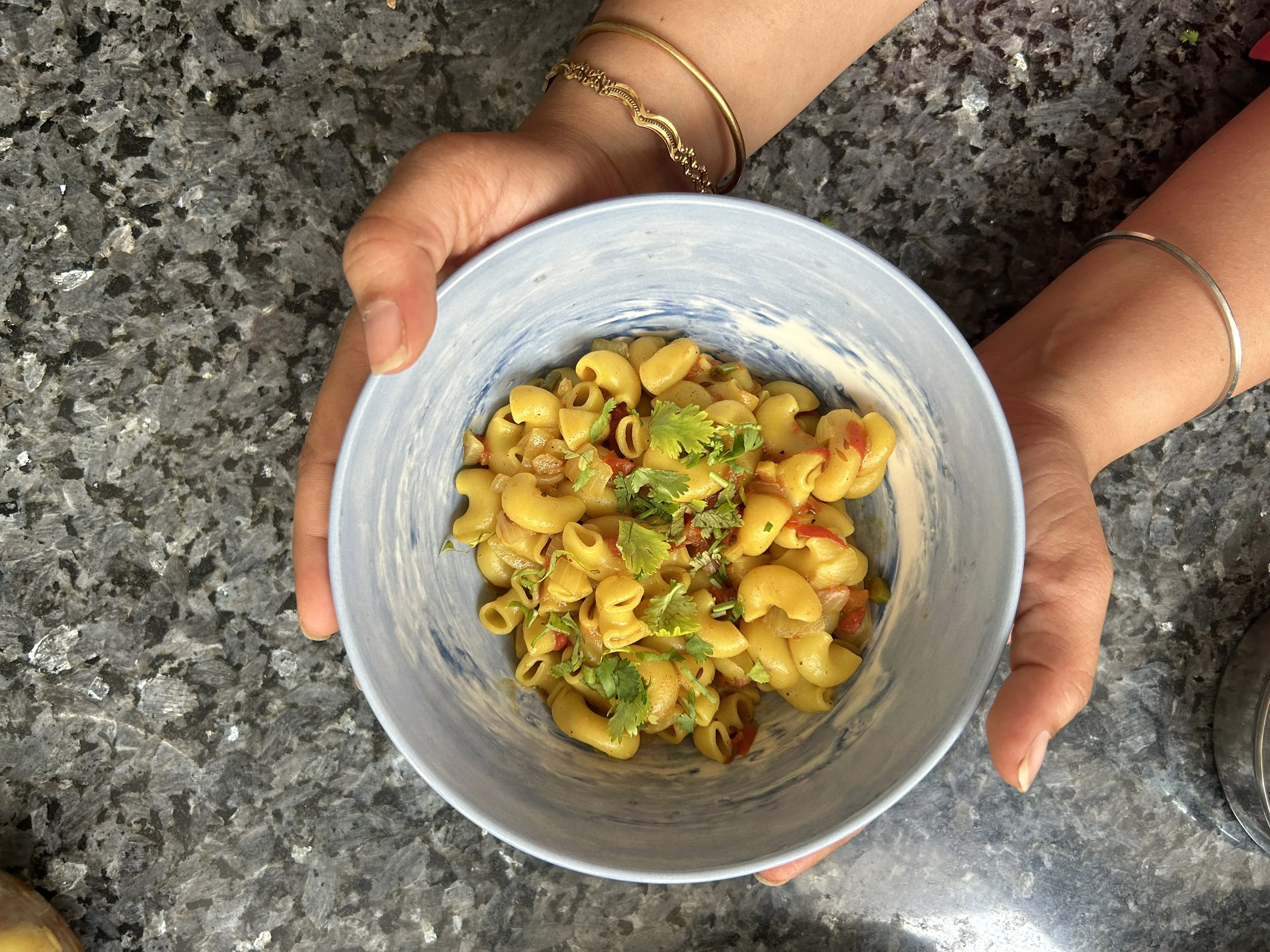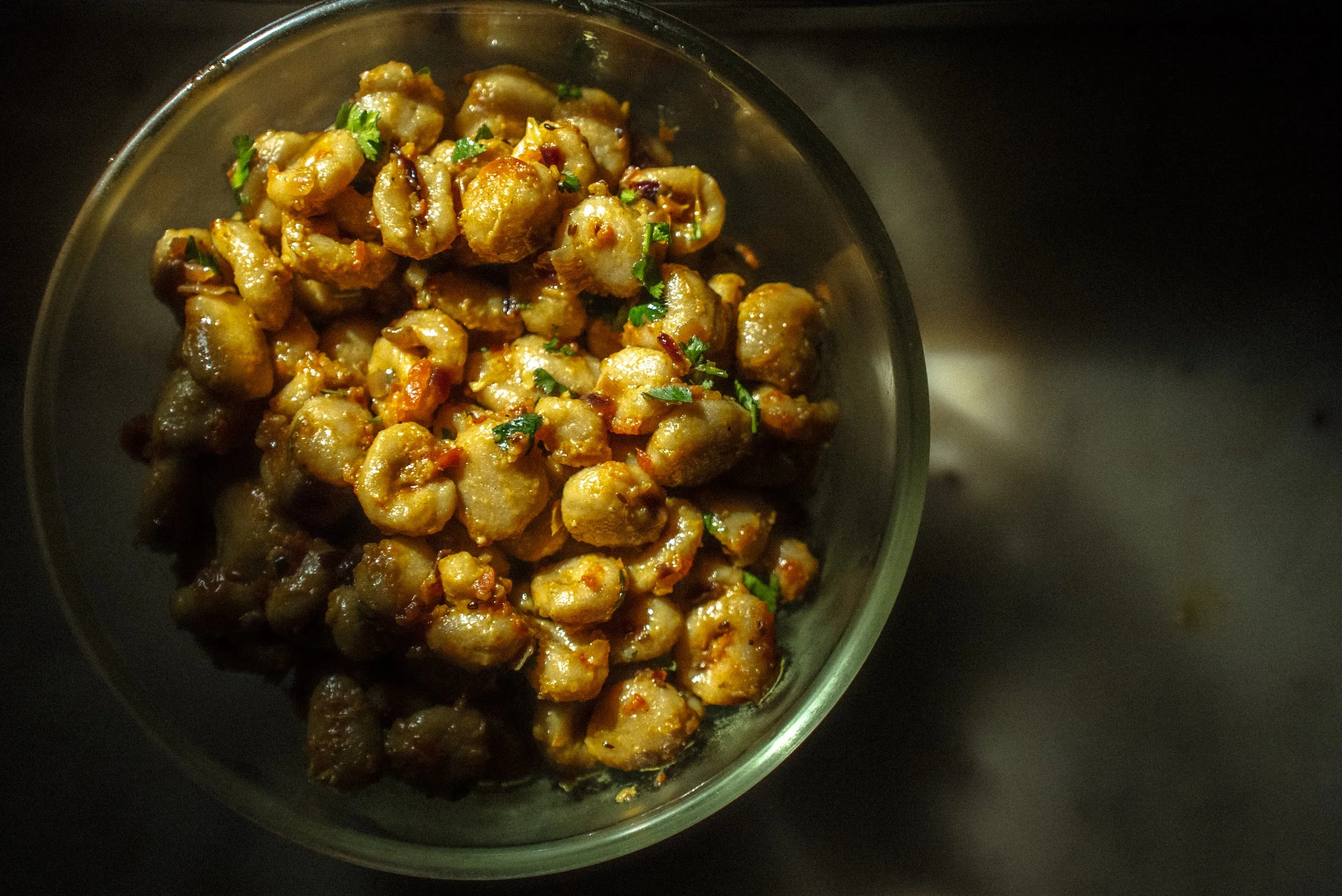Welcome to the Buttery, Flaky World of Parsi Tea-Time Snacks

What goes best with Parsi choi? There are a plethora of options to choose from: biscuits, cakes, pastries and sandwiches, all washed down with dainty cups of sweetened Parsi choi. Niloufer Mavalvala invites us to tea.
It is a tea few can forget.
Parsi choi is a strong but delicious brew; sweetened and milky. Karak choi is strong and flavourful, infused with the warmth of lemongrass and the coolness of fresh mint to give it the perfect balance. It is sweetened with sugar and topped up with warm whole milk. Sometimes it’s not steeped but boiled together and labeled as ukarayli choi — also typical of the tea served at Irani tea houses served with soft fluffy bun muska or crusty bread-brun and butter with a sprinkle of sugar.
Tea time in a Parsi home is considered a mealtime that is also socially important.
Every Parsi home has their own set of rules for tea time, from serving tea in the garden, or in the comfort of their air-conditioned family dens, to more formally at the dining table in beautiful teapots on large silver trays and ornate silver tea sets. Kitchen tables and balcony swings were often gathered around, with the family drinking their tea from the saucer or dunking batasa (a legendary butter biscuit) in their brew — another old habit. Teacups and saucers may have been replaced with mugs in the West, but some people still have beautiful thin-lipped porcelain mugs. It is not the ceremonious way in which we serve afternoon tea, on silver trays and crisp pressed fine linen tea towels, with fine bone Wedgwood and Limoges, that makes it memorable, but the existence of a continuing tradition adopted from the days of the British Raj that makes this colonial celebration of food worth mentioning.
Teatime is a charming tradition that goes back centuries among the Parsi community. Tea is considered a mealtime that is also socially important. Living in large families meant welcoming home the breadwinners after a hard day at work with a delicious pot of Parsi choi and a different teatime specialty each day. It was not a table laden with choice; instead, it was one snack but served in large enough quantities to tide one over until dinner. We lived in communities, and it was commonplace for neighbours and family to stop by at this hour to have a natter and catch up. For many, an afternoon siesta preludes teatime.
Though the focus has always been on morning and afternoon tea, numerous Parsis genuinely hold the belief that tea improves everything. Whether it’s a headache, a rough day at work, general fatigue, or malaise, the perfectly brewed cup of tea makes things right.
In our family, this much-loved tradition continues to this day. My memories of wonderful teatime days are plenty. At my favourite uncle and aunt’s Sunday tea, there was a trolley beautifully displayed with delicious food and sparkling crockery. My favourite piece was a gorgeous silver sugar bowl with chrysanthemums all over. At our own home, the daily ritual was to take turns making tea and often being teased for not making it right or for not providing “enough choice” on the tea trolley! I remember my father's daily ritual for eating batasas and dunking it in his tea, as well as his fastidiousness about the date-filled pastry known as khajoor ni ghori — it had to be warmed precisely to the right temperature before being served. His fondness for coconut was almost addictive, and he would be delighted when my mother would prepare his favourite khaman — sweet coconut that she would fill in either a crepe or a steamed white ball called larva. At my in-laws, teatime was always a feast. Their favorites were chaapat (pancakes) — prepared with coconut milk, she always added a pinch of saffron and cardamom to the these pancakes.
A thin slice of cucumber and well-salted tomato adds a depth of flavour to chutney sandwiches.
Bhokra is a crisp-edged deep fried cake.
Khatai or nankhatai are semolina-almond biscuits.
We all love our sandwiches. We would eat them every Tuesday afternoon when there was a bridge club. I learned then that adding a paper-thin slice of cucumber and tomato that was well salted added a depth of flavour to the sandwiches, and it’s a step I still follow. When one of my aunts came to spend time with us, we urged her to make us bhokras (crisp edged, soft centred, deep-fried cakes), frying them together at teatime.
Baking khatai (semolina-almond biscuits) was often a family affair. During school holidays, we cousins would gather around the table with our aunts and make these in large quantities together. Often, we made dozens at a time, detailing each one with a line and carefully placing four almond slivers in the center, making it look like a flower. Baking them in batches, waiting for them to cool, our next task was to set up a wrapping station, placing two khatais back-to-back in butter paper to make them appear like a very large sweet. They tasted the best eaten off the baking tray, straight from the oven. (Here is my recipe for khatai).
Daar ni pori is a sweet lentil pastry.
Mava nu cake is a popular Parsi treat.
Parsi cuisine offers a long list of typically served teatime treats. There is the mava nu cake (mava or milk-solids), kumas (saffron, almond and sour yoghurt cake) or plain cakes, daar ni pori (sweet lentil circular pastry), sadhna (fermented steamed rice cake), kerkaria (deep fried biscuits), popaljee (soft bun cakes made in a special pan), and gharis (wheel shaped pastry) filled with dates, mava, or coconut. There is also the chutney, mutton, eeda (eggs) cheese na sandwich, or a fried cheese toast made with potatoes, malai na khaja (cream-filled phyllo), chicken pattice, and samosas. To round off the list are khari biscuit (millefuille-like biscuit with no filling), sev (sweet vermecilli), dahi (sweet yoghurt), ravo (sweet semolina pudding), malido (deep fried rotis crushed in sugar syrup), and coconut or copra na pancake.
Copra na pancake is a pancake stuffed with nuts and coconut. Pictures credit: Niloufer Mavalvala
Sadly, this ritual may not carry forward in the families that have now migrated to the West. Today, Parsi teatime remains the legacy of an inviting home, brimming with the charm of a bygone era where meals were served with warmth and graciousness. And, with many tea time snacks.
Niloufer Mavalvala is an experienced home cook and a eight-time award-winning author of 4 cookbooks, who believes her passion has a purpose.
.
ALSO ON GOYA
















